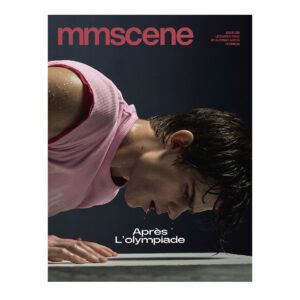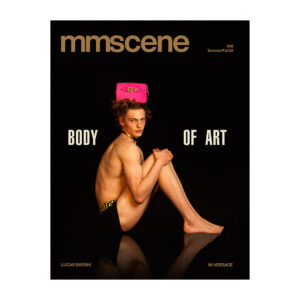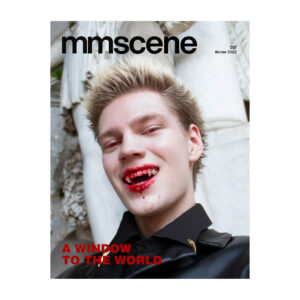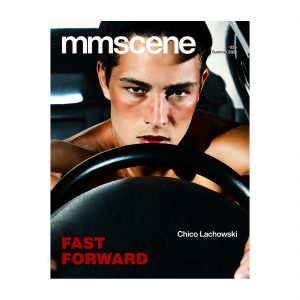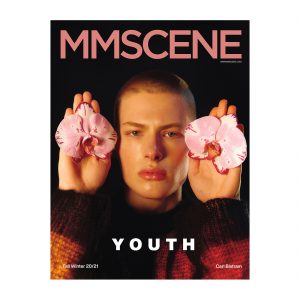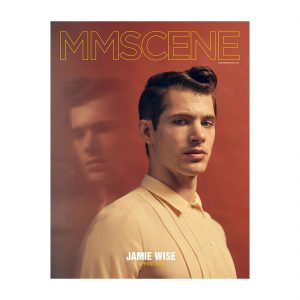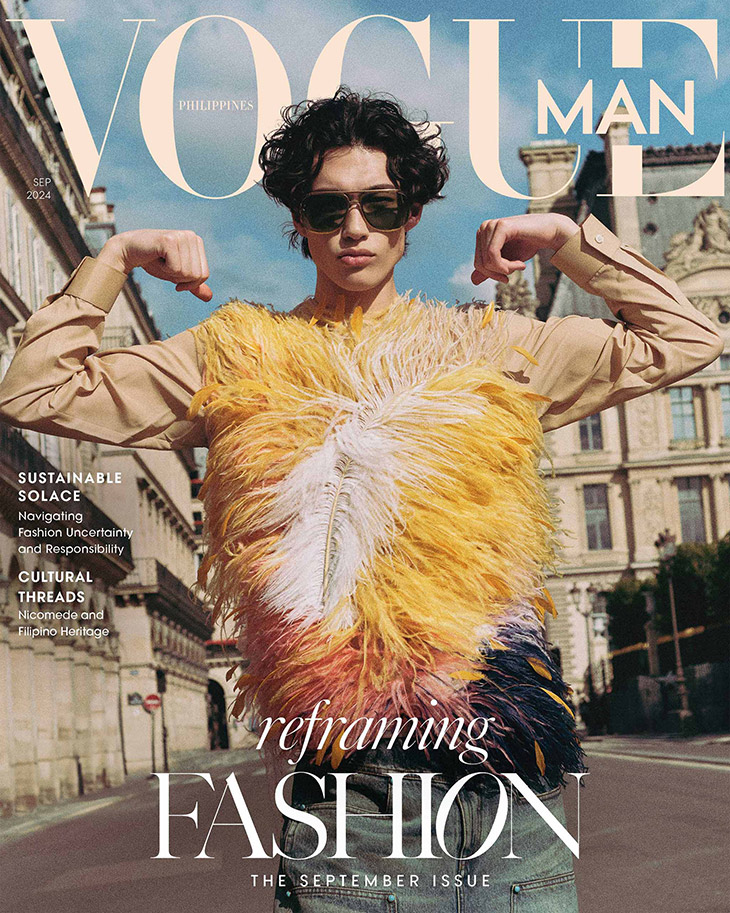
Top model Mathieu Simoneau takes the covers story of Vogue Man Philippines Magazine‘s September 2024 edition lensed by fashion photographer Chuck Reyes. In charge of styling was Danyl Geneciran, with production from Anz Hizon. Grooming is work of beauty artist Steven Canavan.
Mathieu Simoneau’s cover story for Vogue Man Philippines offers more than a glimpse into the latest fashion, it explores a critical conversation on sustainability in a complex, ever-changing industry. At a time when the environmental crisis looms larger than ever, this feature underscores how Filipino designers are prioritizing conscious consumption, embracing craftsmanship over mass production, and shifting perspectives toward more personal and meaningful relationships with clothing.
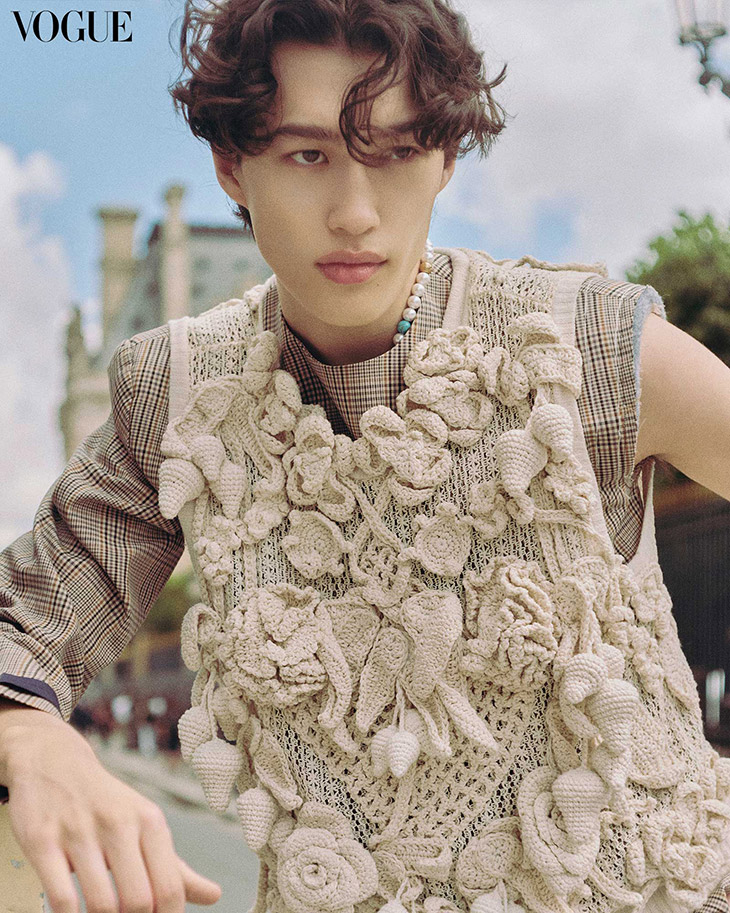
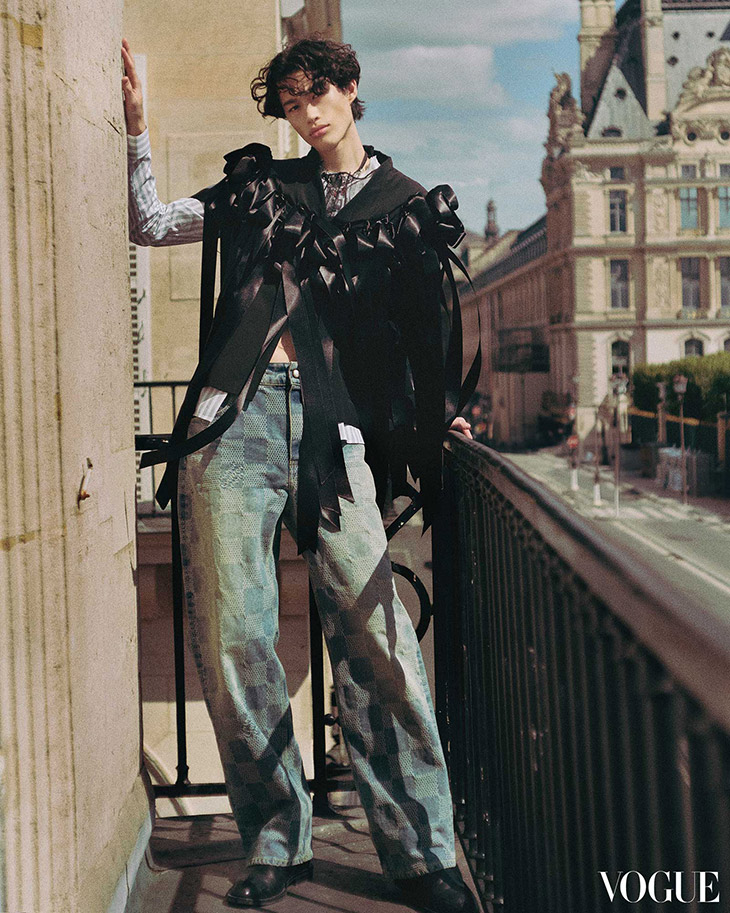
Mathieu Simoneau, a top model recognized for his versatility, collaborates with local designers who are redefining the landscape of Filipino fashion by focusing on quality over quantity. The story captures how this approach provides a necessary counterbalance to the overwhelming speed of fast fashion. Designers like Jaggy Glarino and Vin Orias emphasize the importance of heritage and bespoke tailoring, arguing that these methods offer more than just a solution to the environmental crisis – they create an emotional bond between the wearer and the garment, making it harder to discard and forget.
The article juxtaposes the allure of fast fashion against the backdrop of sustainability. It questions whether the accessibility of instant trends, which fast fashion offers, can coexist with the urgent need to reduce environmental damage. By making fashion more affordable and attainable, fast fashion has democratized self-expression, but it comes at a cost, often borne by those far removed from its glamor. In countries like the Philippines, which contributes minimally to global carbon emissions but bears the brunt of climate change, the stakes are undeniably higher.
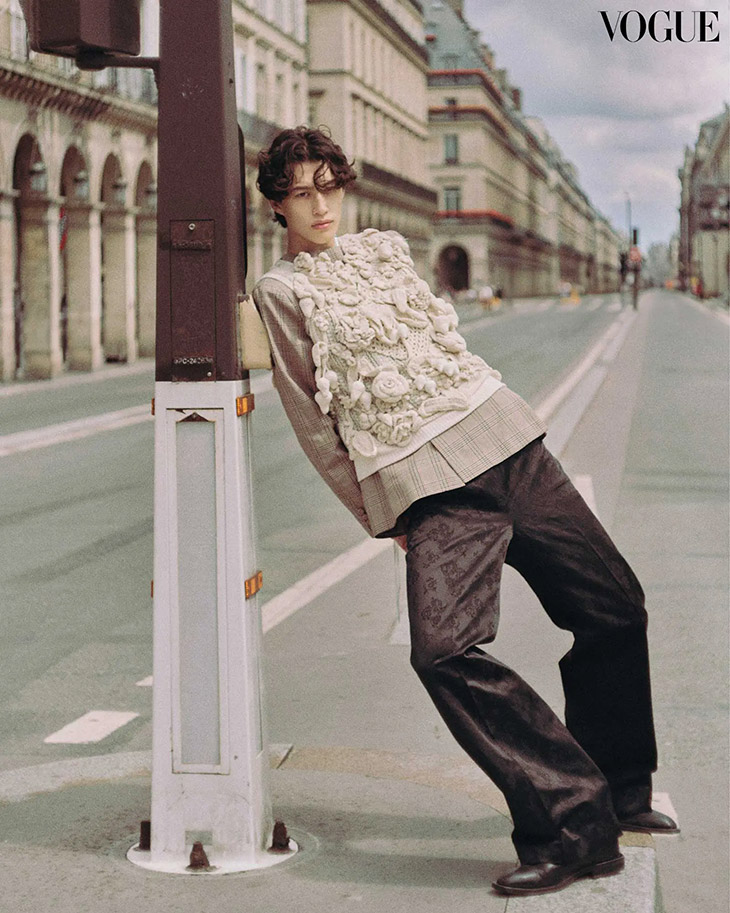
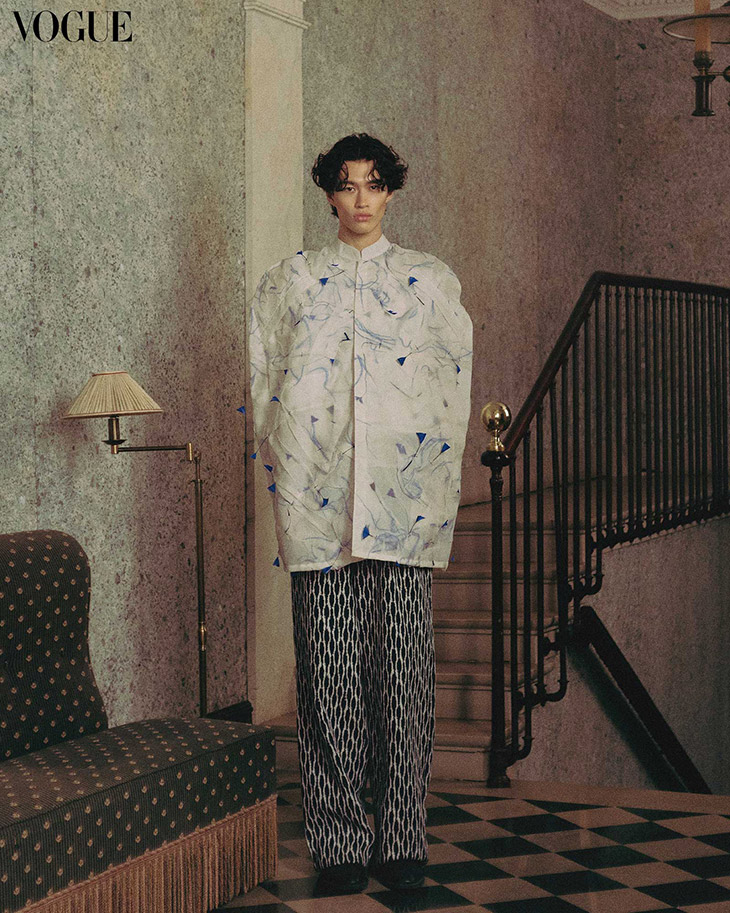
Jaggy Glarino’s focus on using deadstock fabrics and traditional Filipino craftsmanship brings sustainability to the forefront, but with an emphasis on heritage and legacy. His vision for “heirloom fashion pieces” reflects a deep commitment to quality and longevity, advocating for garments that tell stories and carry significance far beyond their aesthetic value. This focus on sustainable practices through the lens of Filipino culture offers a model that is both practical and deeply personal, resisting the throwaway culture of fast fashion.
Vin Orias further highlights the value of bespoke tailoring as a sustainable alternative. The precision in measurements, efficient cutting, and hand-stitching techniques create a process that is both slow and efficient. These methods reinforce a connection between the maker and the wearer.
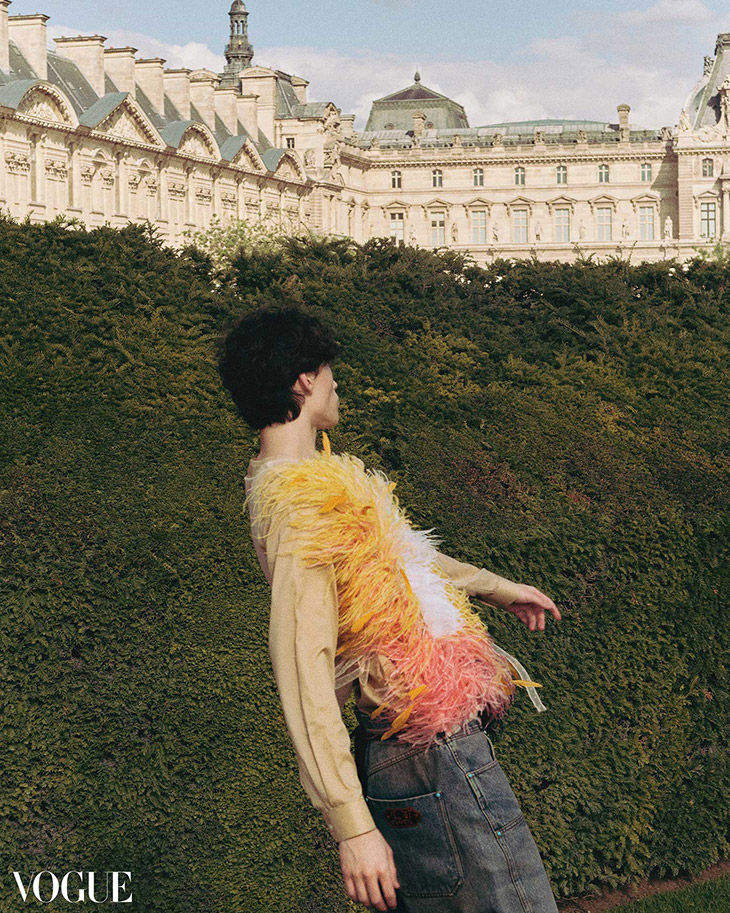
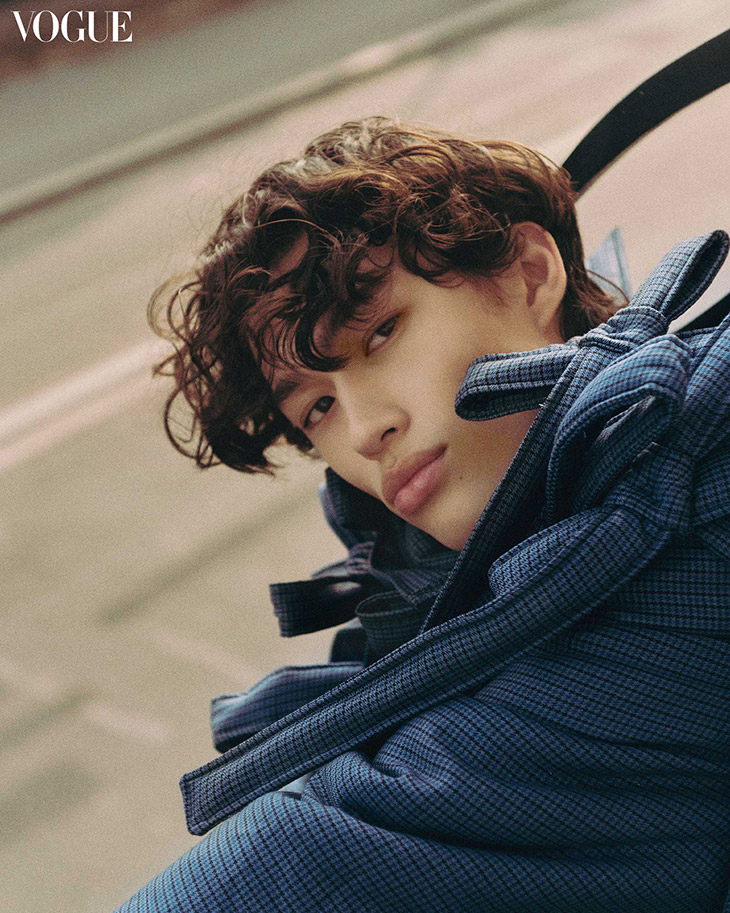
As Jude Macasinag, a Paris-based Filipino designer, points out, “The most sustainable way of owning clothes is to only produce them when there’s demand, and to produce them in a more personal way.” This philosophy, echoed by many designers in the story, presents a powerful antidote to the unsustainable cycle of excess. By focusing on the emotional relationship between the wearer and the garment, designers like Macasinag hope to extend the lifecycle of clothing, reducing waste and challenging the disposable mindset fostered by fast fashion.
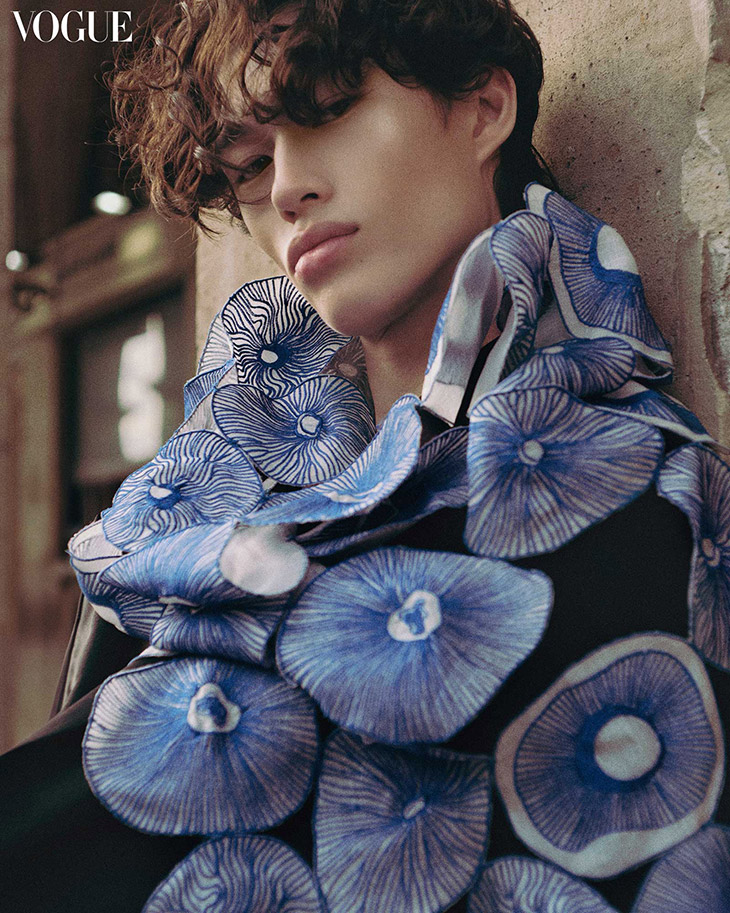
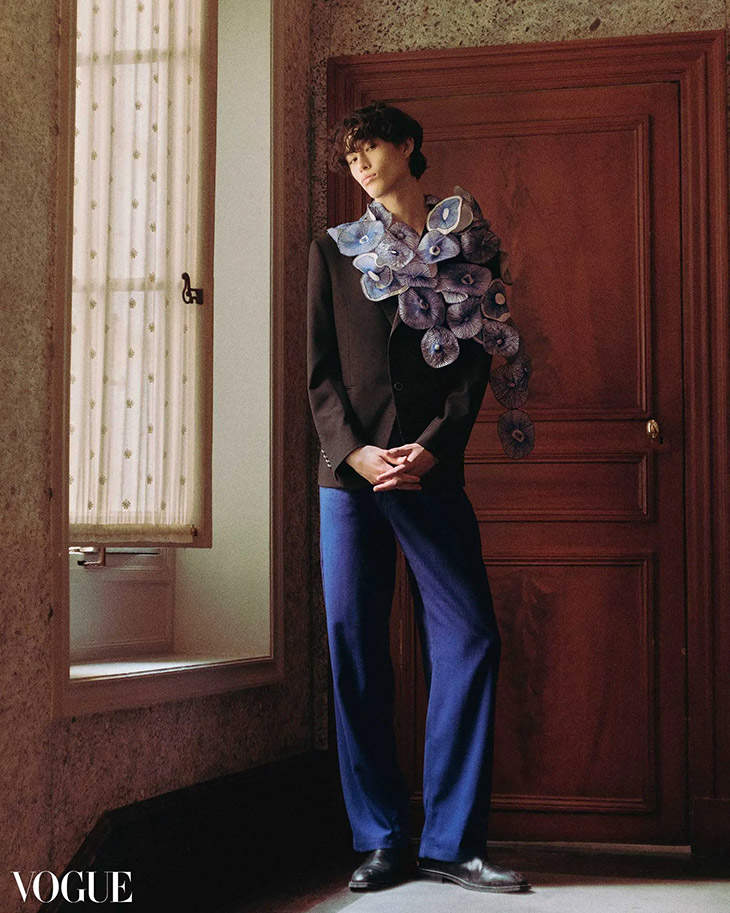
The Vogue Man Philippines cover story presents a vision for a more sustainable future in fashion. It is a call to rethink consumption, to invest in pieces that carry meaning, and to embrace the craftsmanship that makes each garment unique.
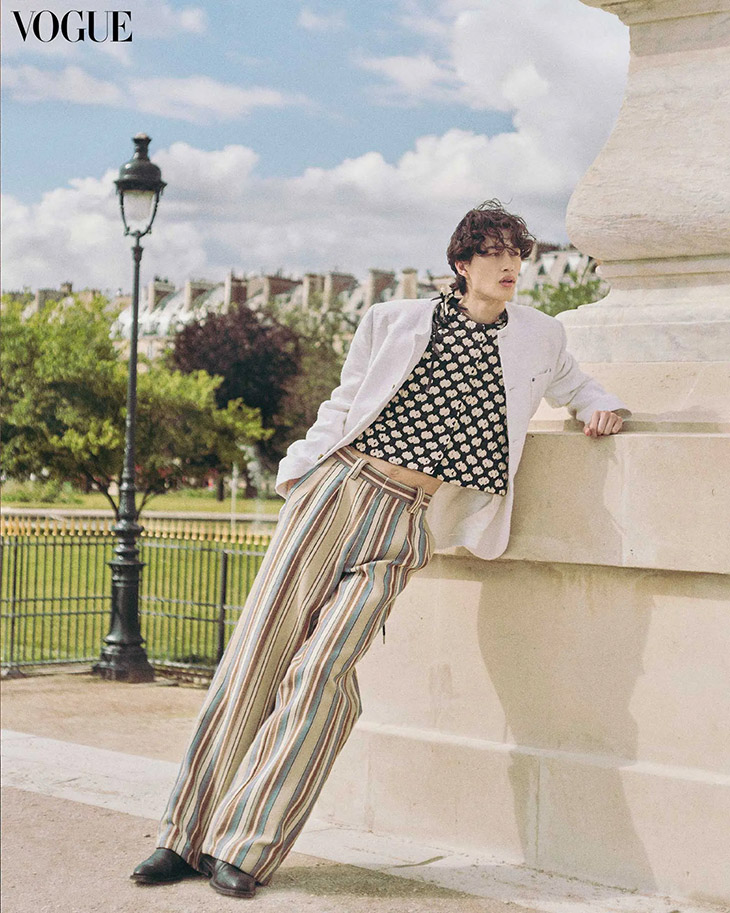
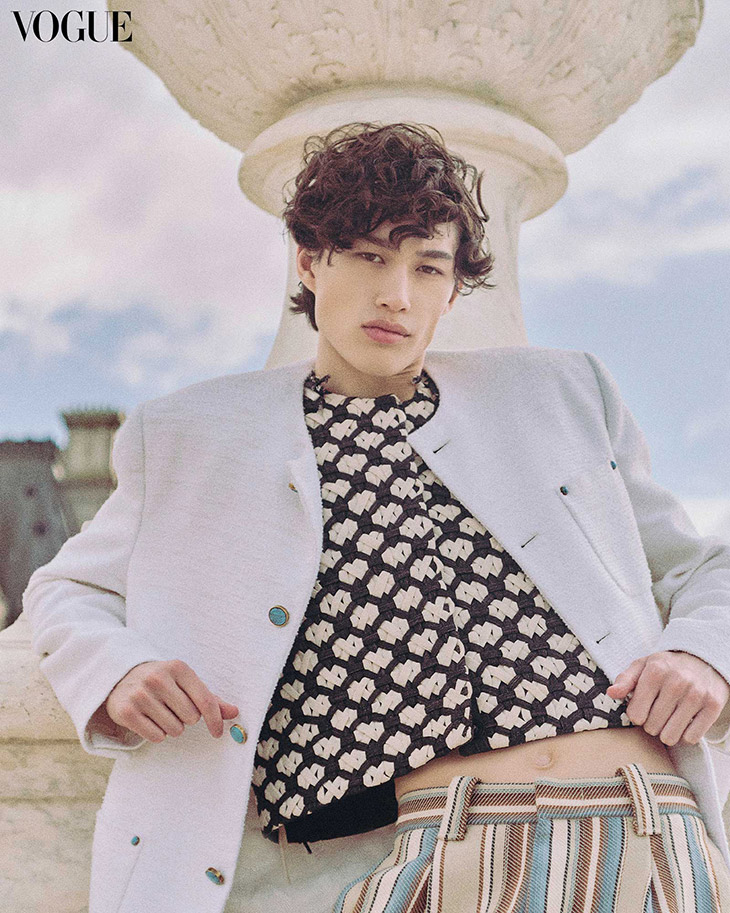
Photography © Chuck Reyes for Vogue Man Philippines, read more at vogue.ph



